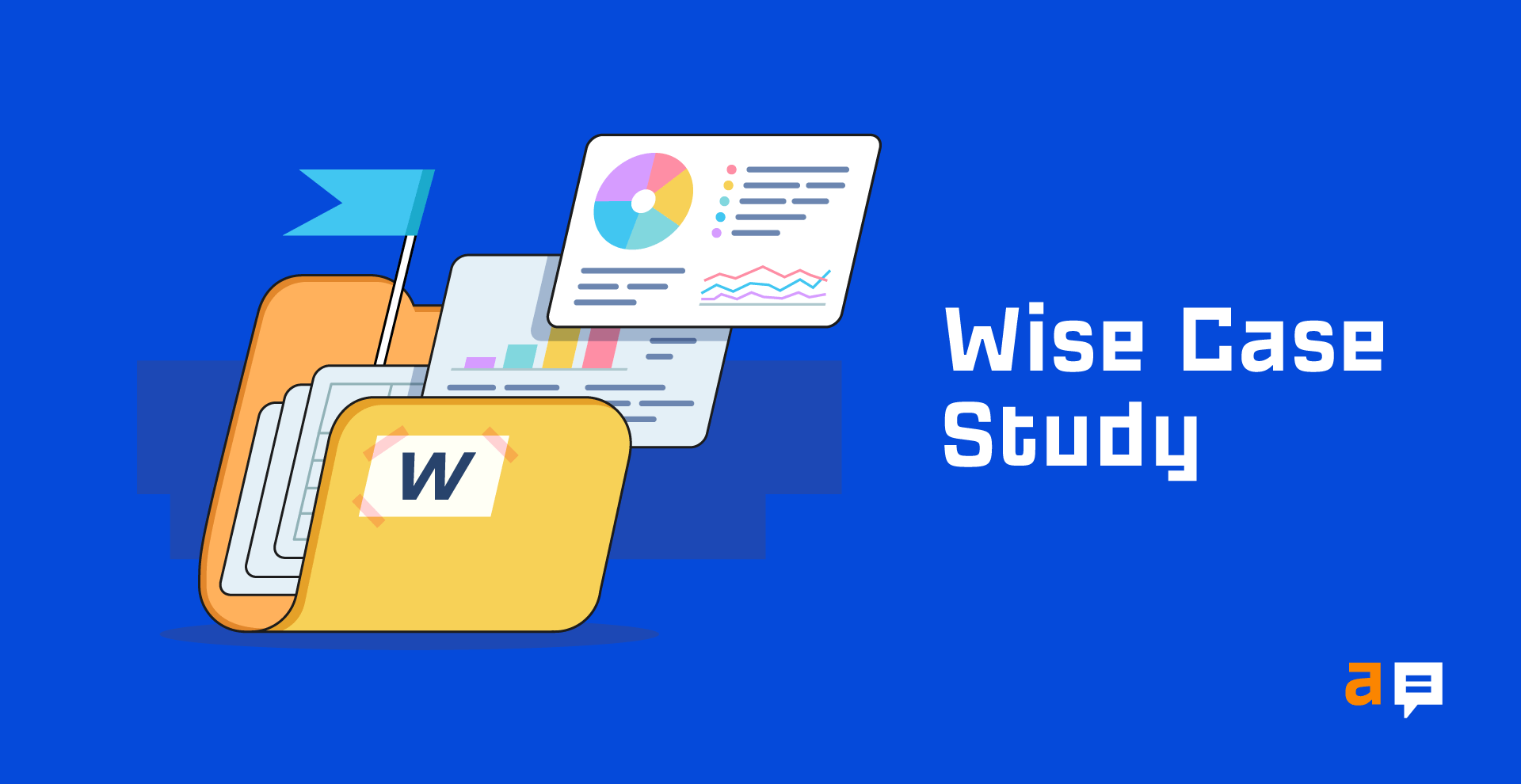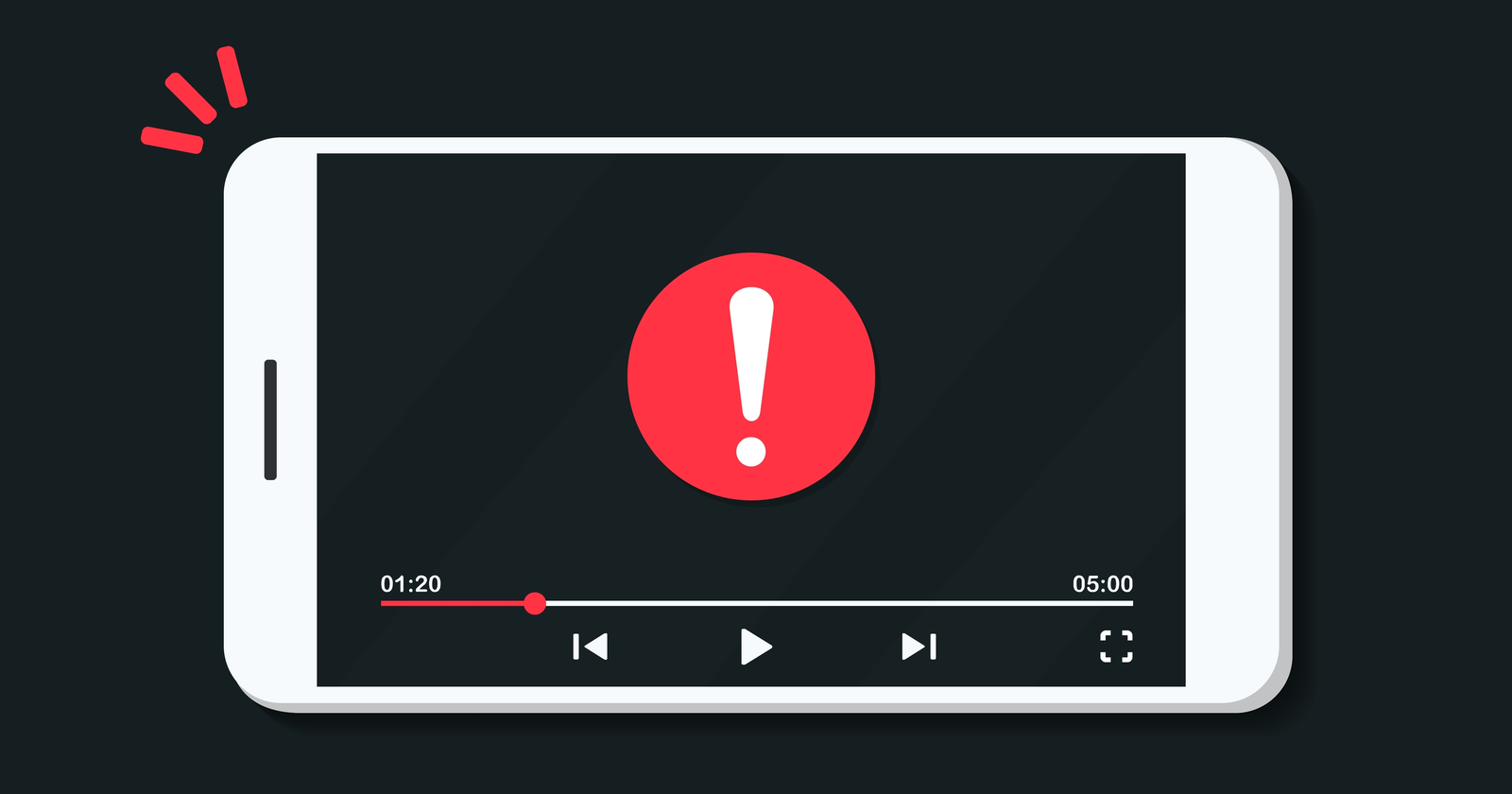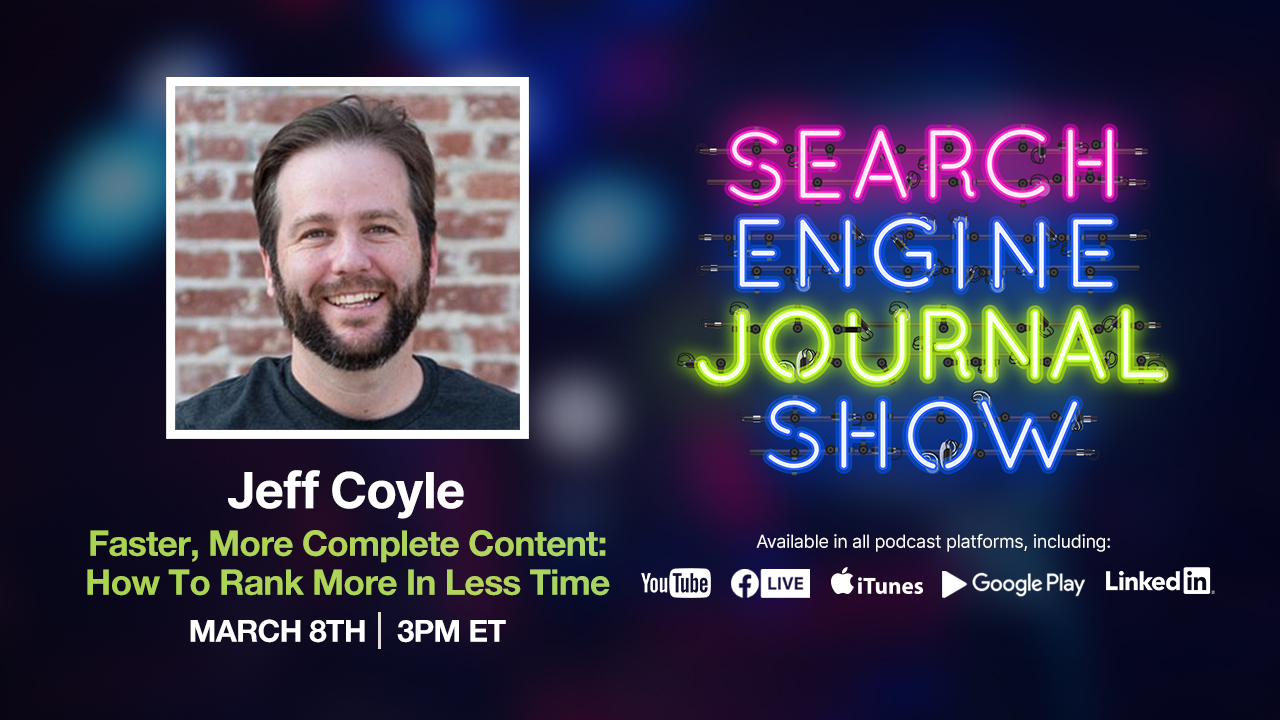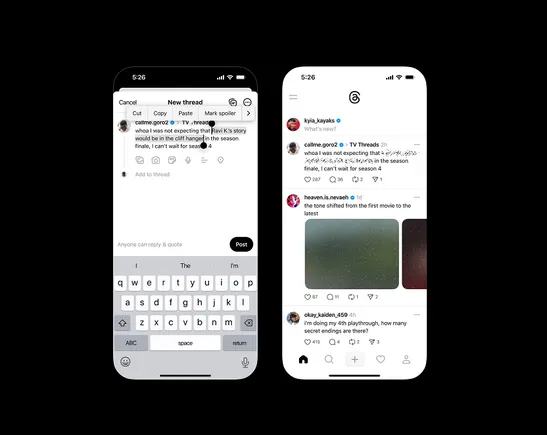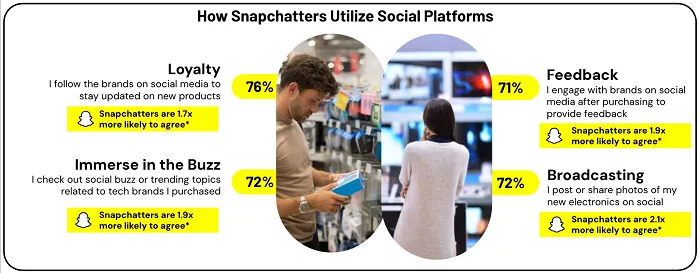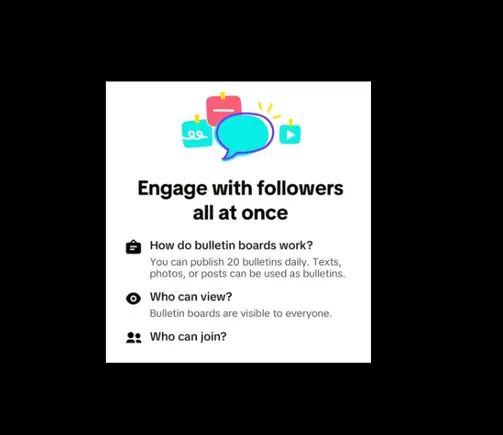Paid Media Marketing In 2024: 7 Changes Marketers Should Make via @sejournal, @brookeosmundson
A new year might mean a new paid media strategy. Learn seven changes marketing professionals should implement into their 2024 digital marketing plan. The post Paid Media Marketing In 2024: 7 Changes Marketers Should Make appeared first on Search...

Whichever you choose, make sure the influencers you find are big enough to provide real value to your brand — and that you’re paying a CPA that makes sense for your budget and overall goals.
2024 is the year to nail your audience management strategy, both from a holistic perspective and within each encapsulated platform.
That means before building your audiences, you need to understand at a high level who your target customer is.
Further, identify what platforms those types of user-profiles spend their time on.
Once you’ve identified your ideal target customer, then it’s time for the first step in this process:
Building audiences.
From there, you must set up a strategy to target folks within every stage of the funnel – from upper to lower – and decide which networks make the most sense for the different audience cohorts.
Perhaps the most crucial part of this process is analyzing and refreshing your audiences as the year goes on.
You should definitely plan on retargeting and testing new audiences throughout the year.
If you fail to incorporate this part, you run the risk of targeting the wrong sector of people, ultimately throwing money down the proverbial drain.
However, if you retarget and refresh your approach, you’re bound to find a dynamic audience that correlates with your vision.
In the end, audience management alone can be worth its weight in gold.
4. Prepare For Video Content Dominance
You’ve likely heard this phrase before in marketing: content is king.
With a slight tweak for 2024, the new hot phrase should be: video content is king.
Not only is video taking over social platforms like TikTok, Instagram, and Snapchat, but it’s also asserting its dominance in YouTube Ads. YouTube Shorts, the platform’s short-form video offering, is booming.
With this new form of video comes a new ad format: vertical video ads.
Not only should marketers focus on video marketing in general – 2024 is the year to get more sophisticated with video strategy.
Marketers should prioritize creating engaging and high-quality video content that’s appropriate for each platform on which it will be delivered.
If the thought of creating video content for multiple platforms scares you, just remember that a little goes a long way.
Start by creating evergreen content about your brand and test those with different lengths.
These can be used and recycled on multiple platforms and can be used for organic and paid video content simultaneously.
Just remember to create a variety so that your users don’t see the same message or content on the same platforms, which can reduce the effectiveness of video marketing.
5. Don’t Sleep On Microsoft Ads
Microsoft Ads continues to enhance its advertising platform year after year.
Not only does it have many of the same coveted features as Google Ads, but it has added features that are unique to the platform.
As a marketing professional, your brand will surely benefit from digging into it more in 2024.
Some of the most notable updates Microsoft Ads launched in the last twelve months include:
Video and CTV ads: Microsoft unveiled these new ad types on its platform in September of 2023. Advertisers can choose from online video ads or connected TV ads that are non-skippable while a user is streaming content. This gives advertisers big and small a leg up on what once used to be a very complicated process of buying TV ads. Three new generative AI solutions: Also announced in September 2023, Microsoft came out with three new AI features to help grow and scale. These include Compare & Decide ads, ads for Chat API, and Copilot campaign creation. Data-driven attribution reporting: Gone are the days of last-click measurement! Microsoft Ads enhanced its UET tagging solution and implemented data-driven attributing modeling. It uses machine learning to calculate the actual contributions of each ad interaction.While Microsoft still holds a lower share of the available search engines, just remember that you’re leaving a whole slew of potential customers behind by not considering this underestimated ad platform.
6. Focus On Optimizing The User Experience
Between a mix of shorter human attention spans and limited marketing budgets, every interaction and website experience counts.
If you find that your pre-sale metrics are favorable – such as high engagement or high CTR – but never result in a sale, you likely don’t have an ad problem. You have a user experience problem.
In 2024, consumers expect more from brands, especially if they’re spending their hard-earned money with that company.
Ask yourself, when was the last time you sat down and went through your website’s checkout process through the lens of a customer?
If you’re not sure where to start on optimizing your website experience for users, here are some ideas to get you started:
Use tools like Hot Jar or User Testing to get real-life analytics of how your customers are interacting and what their pain points are. Review the website landscape on desktop and mobile. While this may be a no-brainer, many websites still forget to optimize for mobile! Make sure that any relevant call-to-actions (CTAs) are above the fold – yes, on mobile, too! Check your site speed.These are items that should continuously be monitored and not a “set and forget,” which unfortunately happens quite a bit.
Optimizing the website user experience can have a positive impact on those paid media campaigns and can make those dollars go further in the future.
7. Use AI Tools To Your Advantage
Let’s face it: Machine learning and AI aren’t going anywhere.
For marketing leaders, 2024 really is the time to lean into its advantages instead of running away from the inevitable advances.
It’s not a question of whether to use AI or not. It’s a matter of how to use AI to your advantage.
While companies are tightening their budgets and scaling back staff, PPC marketers are constantly being asked to do more with less.
This is where AI comes in.
In fact, using AI can strengthen your ROI for paid media campaigns of all kinds (whatever channel you prefer).
Just make sure you don’t sacrifice your brand’s personality for a little efficiency.
One way you can do this is with Google’s generated AI assets (currently in beta). Using its Gemini-powered AI solution, the tool allows for more streamlined campaign creation and generated ad assets, including images, headlines, and descriptions for ads, and more.
Additionally, you’re likely already using one of Google’s Smart Bidding strategies to automate the bidding process.
With a combination of creativity and machine learning, your ads have the potential to go farther than ever before.
Your 2024 Plan Should Not Be Static
If the past year(s) have taught us anything in marketing, it’s to be fluid.
In some cases, tactics that used to be tried and true are now more volatile than ever.
Take advantage of advances in AI to boost your strategic advantage, and keep in mind platforms that you’ve typically shied away from – the time may come to incorporate them into your 2024 strategy.
What changes are you most excited to try this year?
More resources:
What Is A Digital Marketing Strategy? 5 Steps To Create One What Is Paid Media: Types & Examples PPC Trends 2024Featured Image: Sutthiphong Chandaeng/Shutterstock

 ValVades
ValVades 







